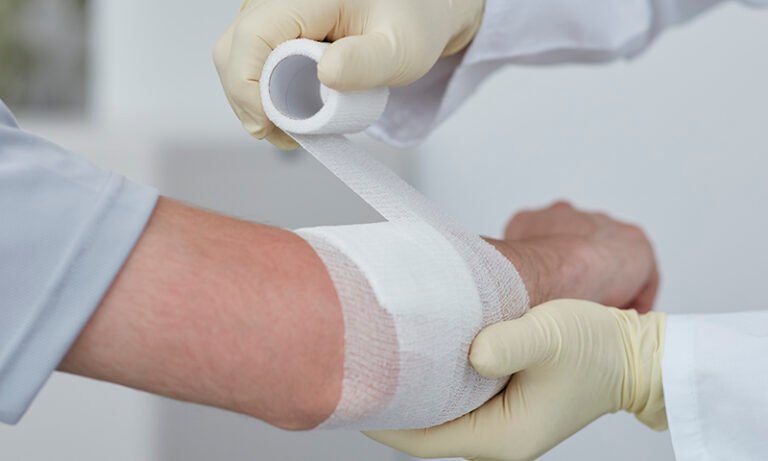Lymphedema Quick Facts

Lymphedema is a condition that causes swelling in the arms and legs, usually due to a blockage in the lymphatic system. It affects between 100 to 300 million people worldwide, but many doctors are unaware that it is a treatable condition.
The lymphatic system is part of the circulatory system and is responsible for removing waste products and fighting infection. Most cancers spread through the lymphatic system and can accumulate in the lymph nodes, which are points where the body begins the immune response to fight infection.
There are two types of lymphedema: primary and secondary. Primary lymphedema is inherited, meaning the person is born with less than the required number of lymphatics. Secondary lymphedema can occur due to trauma, cancer, injury, recurrent infections, venous diseases, and paralysis.
Lipedema is a similar disorder that affects mostly females and is characterized by a large amount of fat in the upper and lower legs. It is caused by both an increase in the number of fat cells and the size of the fat cells. Lipedema is a disease of the loose connective tissue on the lower abdomen, hips, buttocks, and limbs of females, sparing the trunk, hands, and feet. A hallmark of lipedema tissue is inflammation, which can lead to tissue fibrosis, pain, and numbness.
Diagnosis of lymphedema is usually simple and based on the patient’s history and physical examination. Sometimes, tests like lymphoscintigraphy and Indocyanine Green fluoroscopy are used to study the flow of lymph. Doppler and MRI can also be used to determine the underlying cause.


